Solenoid Valve Types | Functions of a Solenoid Valve
09.02.2022
The solenoid valve is designed to control the flow of liquid and gaseous products at a distance. It can be either a shut-off valve or a control valve. It can be controlled either manually or by means of automation systems. In its design and purpose, the electromagnetic valve is very similar to a conventional one, with the difference that the shut-off element is not set in motion by muscular force, but by a solenoid, an electromagnet with a movable core. When voltage is applied to the solenoid inductance coil, it retracts or expels, depending on the polarity, the core connected to the valve stem.
Table of Content:
- Types of solenoid valves
- Choosing a Solenoid Valve
- The function of the solenoid valve
- How does a pneumatic solenoid valve work
- What is solenoid valve used for
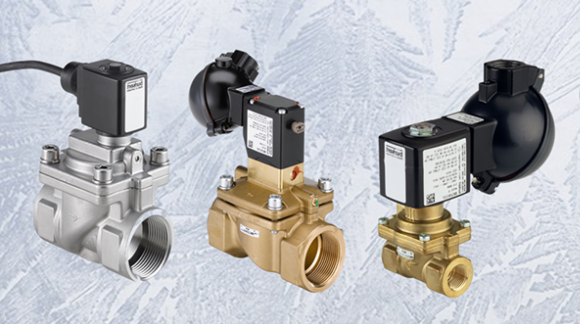
Types of solenoid valves
They are quite simple in construction: there is a casing with a by-pass channel that allows the fluid to pass into the diaphragm chamber, a spring-loaded diaphragm that acts as a damper as the fluid passes through the unit; a balancing valve, and an electric coil with a core (plunger). The mechanism is set in motion by applying voltage or an impulse to the solenoid.
There are 3 solenoid valve types that can be used:
- Drain - system with zero pressure drop. Only a direct-acting valve can be installed. Installation of servo-controlled valve with a suspended membrane is undesirable - it requires a clean environment, which for the drain is not always possible.
- Closed - a system with very little pressure drop (e.g. heating system). Such a system requires a valve of direct action.
- Open - system with high differential pressure (above 0.5 bar). A servo-controlled or direct-acting valve is required.
Choosing a Solenoid Valve
On the basis of the above parameters, let's analyze them in order. The medium is what will flow through the valve. Here we can highlight the following requirements - the medium must be clean. For example, if the flow will be water, it must not contain mechanical particles. Mechanical particles can damage the diaphragm or seal, can get into the bypass and pilot passages by clogging them, in the cavities between the moving mechanisms. In all these cases, it will cause the shut-off device to fail. The way out of this situation is to install a coarse filter at the inlet to the system or directly before the solenoid valve.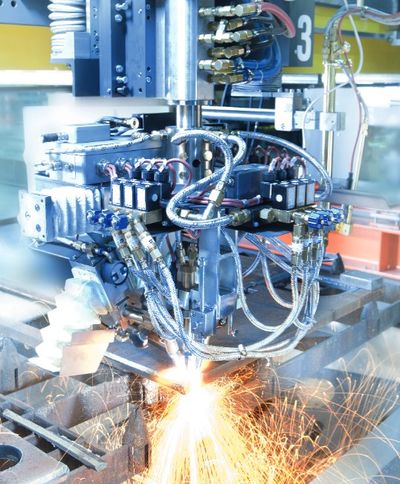
Another important parameter is the viscosity of the medium, which should not exceed the value of 20CSt. In other words, the medium must have a viscosity that will allow the medium to flow into small holes with a diameter of 1 mm.
Valves are used in a wide variety of media, which have their own individual values of temperature and pressure. The type of device must be chosen based on the characteristics of the medium, otherwise, the device may not last long. There are several key characteristics to consider when selecting a solenoid valve.
The function of the solenoid valve
The principle of operation is electromechanical. There is a solenoid in the unit. It is one of the main elements. Solenoid valves are used in the home and also in large enterprises. They are in demand for labor-intensive, complex processes.
It becomes possible to supply different types of solenoids of liquids at a distance - even steam and gas. Such devices are in demand in automotive machinery. They are used in fuel and hydraulic systems. Pneumatic and auxiliary systems should also be added to the list. Thanks to the presence of remote control, it becomes possible to regulate the supply of compressed air or liquid in the fastest time.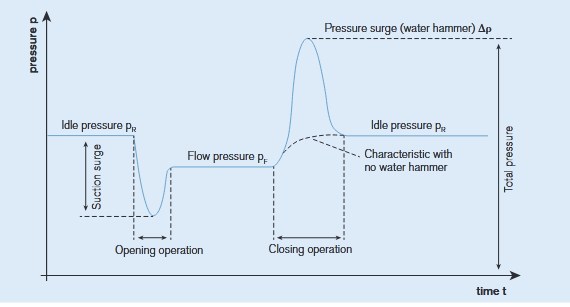
Of the obvious advantages, it is worth noting the speed of operation, high reliability, and durability. These units are also quite compact. This is also a distinct advantage. Solenoid valves are successfully used in a variety of industries. They are in demand in mechanical engineering and the oil and gas as well as chemical industry. The same applies to purification systems and refrigeration equipment. Central heating systems and automatic fire extinguishing systems should also be added to the list.
How does a pneumatic solenoid valve work
The main advantage of a solenoid valve for water is that it allows you to quickly regulate the flow of the transported medium in the system. The device needs only 2-3 seconds to perform its functions. Because of this solenoid model is a fairly important device in water supply systems of apartments and private homes.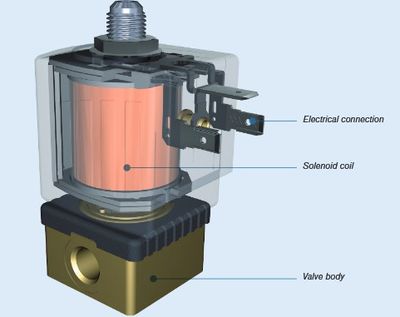
The functionality of shut-off devices depends on the internal structure, the number of nozzles, and orifices. According to the principle of operation solenoid valves are divided into:
- into one-way;
- two-way;
- three-way.
What is solenoid valve used for
A solenoid valve is designed to control the flow of liquid and gaseous products at a distance. It can be a shut-off valve and a control valve. It can be controlled either manually or by means of an automatic control system. In its design and purpose, the electromagnetic valve is very similar to a conventional one, with the difference that the shut-off element is not set in motion by muscular force, but by a solenoid, an electromagnet with a movable core. When voltage is applied to the solenoid inductance coil, it, depending on the polarity, retracts or expels the core connected to the valve stem.
These shut-off and control devices are used in complex industrial installations as well as in-home heating systems, water supply, and household appliances. They are also used in liquid fuel vehicles. Electromagnetic inductor coil operates in all known voltages of AC and DC (220V AC, 24 AC, 24 DC, 5 DC, etc.). Solenoids are placed in special enclosures protected from water.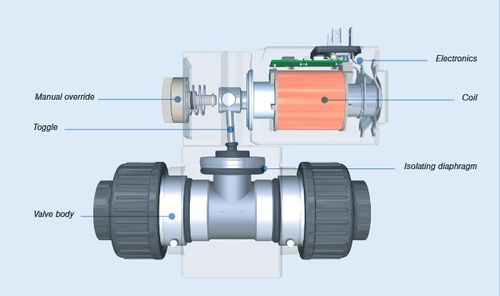
When voltage is applied and the air gap is at its maximum, the AC systems, consuming a large amount of energy, raise the rod and the gap closes. This increases the output flow and creates a pressure differential. If the direct current is supplied, however, the increase in flow rate occurs rather slowly, until the voltage value becomes fixed. For this reason, valves can only regulate low-pressure systems, except those with small passages.
Solenoid valves are used in a wide variety of equipment combinations, including those for controlling highly corrosive media. The body of the valve must be made of highly durable material in order to prevent its premature failure. The most important solenoid components here are the seal materials.
An automatic water shut-off valve includes the following components:
- body;
- lid;
- diaphragm and seal;
- plunger;
- stem;
- electric coil.
In conclusion, we can say that the electromagnetic valve is quite an effective device for remote automated control of media flow. The pluses include ease of installation, electrical wiring diagram, maintainability.
Eltra Trade offers full range of Burkert Solenoid Valves at the Great Prices. Get A Quote Now!